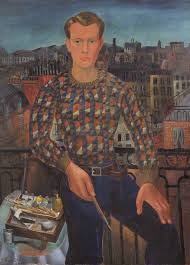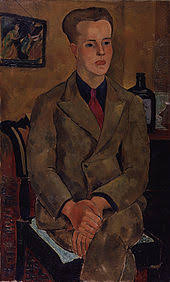
1901 - 1930
Christopher Wood
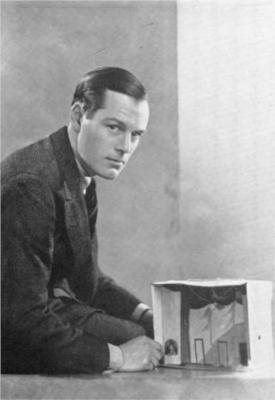
description
An English artist and decorator, who worked mostly in the style of primitivism.
John Christopher Wood’s father was a general practitioner. The future artist studied at the Department of Architecture at Liverpool University.
Christopher Wood lived a very short, but full of creativity life, working and exhibiting his works both in France and in England. Communicating in the bohemian artistic circles of Paris and London, Wood was the only English artist of his generation, who was accepted by the European cultural community and representatives of art. He was a member of the Society of British Artists “Seven and Five” and designed the scenery for Diaghilev’s ballet “Romeo and Juliet”. The peculiarity of the manner of the artist and the proximity to the avant-garde art movements in Europe make Christopher Wood one of the most interesting and significant English artists of the 1920s.
Key ideas:
– The picturesque art of Christopher Wood, filled with deep inner content, strives for perfect simplicity and harmony. Despite the simplified forms, the lack of a traditional perspective and thoughtful compositional construction, it is distinguished by a special lyricism and subtle aesthetics. Wood visited the Academy of Julian in Paris and traveled extensively around the continent, studying the best examples of European culture.
– Inspired by modern French art (among his friends, there were such famous people as Picasso and Diaghilev), he filled his work with a purely personal lyrical freshness and emotionality, later called “fashionable clumsiness” by critics. In a very short time, Christopher Wood became a well-known and respected person in the artistic circles of London and Paris. However, his emotional instability led to the early tragic death of the artist.
– Wood’s best works were created in Cornwall, in the south of France, where he and his friend Ben Nicholson met naive artist Alfred Wallis in 1928. In a small fishing village, far from the hustle and bustle of the capital, the artist developed his individual naive style, which he looked for and sought for. This style combined his skills as a professional artist and a clear direct vision of the surrounding reality, such as it is.
– Christopher Wood’s mature painting is characterized by decorative patterns, simplified forms, simplicity of themes and motifs. Immediate perception and understanding of simple life experience helped to achieve an amazing effect of presence, immersion in the atmosphere of a particular place or event. Thanks to the fusion of art tradition, the latest techniques of painting and vivid identity, Wood became one of the most interesting British artists of the early twentieth century, and his work took its place among the painters of naive style.
1901
1921
1926
1928
1929
1930
The birth of the artist
He entered the Academy of Julian
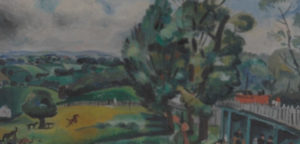
He created designs of scenery for Romeo and Juliet
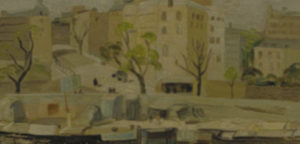
He met with fishing artist Alfred Wallis

Wood's personal exhibition took place in London
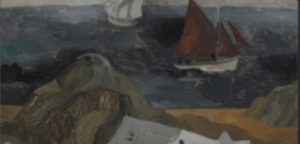
The death of the artist
